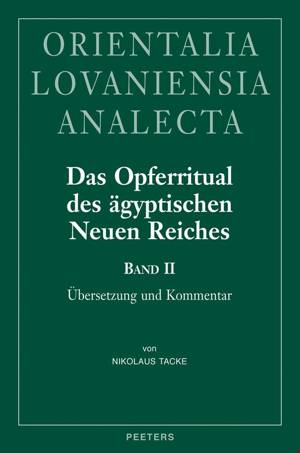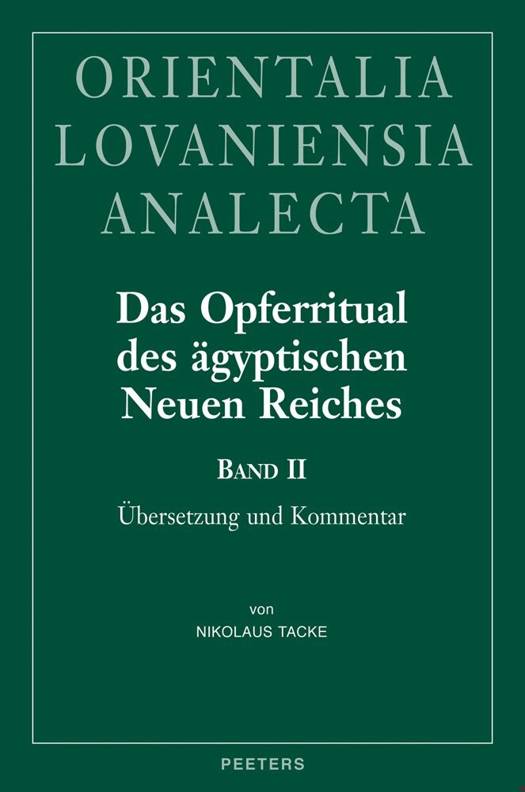
- Afhalen na 1 uur in een winkel met voorraad
- Gratis thuislevering in België vanaf € 30
- Ruim aanbod met 7 miljoen producten
- Afhalen na 1 uur in een winkel met voorraad
- Gratis thuislevering in België vanaf € 30
- Ruim aanbod met 7 miljoen producten
Zoeken
Das Opferritual des ägyptischen Neuen Reiches
Band I: Texte. Band II: Ubersetzung Und Kommentar
N. Tacke
€ 120,00
+ 240 punten
Omschrijving
The PhD thesis from FU Berlin (in German; with a preface by Jan Assmann and an English summary) provides the first complete edition of "The Offering Ritual of the Egyptian New Kingdom", formerly known as "Ritual for Amenhotep I". The ritual's liturgy covers the daily offering of food to Amun-Re in Karnak and comprises 51 spells for the daily cult and 17 additional spells for certain religious festivals. Part I contains a full synopsis of the liturgical texts in hieroglyphic transcription, based on a new reconstruction of the two separate Papyri Cairo CGC 58030 and Turin CGT 54041, Papyrus Chester Beatty IX, the texts of respective scene sequences in the temples of Karnak, Abydos and Medinet Habu, as well as ca 400 other textual sources from all periods of Egypt's religious history. Part II consists of a full translation, commentary and ciritical apparatus of the Egyptian texts, together with an in-depth analysis of the ritual, covering its theological, historical and practical aspects, and placing it into the context of other rituals and religious structures of Ancient Egyptian religion. In that sense, the book does not only fill a long-due desideratum in Egyptology but also provides new insights relevant for audiences in the fields of theology and history of religions.
Specificaties
Betrokkenen
- Auteur(s):
- Uitgeverij:
Inhoud
- Aantal bladzijden:
- 758
- Taal:
- Duits
- Reeks:
- Reeksnummer:
- nr. 222
Eigenschappen
- Productcode (EAN):
- 9789042927278
- Verschijningsdatum:
- 15/03/2013
- Uitvoering:
- Hardcover
- Formaat:
- Genaaid
- Gewicht:
- 797 g

Alleen bij Standaard Boekhandel
+ 240 punten op je klantenkaart van Standaard Boekhandel
Beoordelingen
We publiceren alleen reviews die voldoen aan de voorwaarden voor reviews. Bekijk onze voorwaarden voor reviews.








